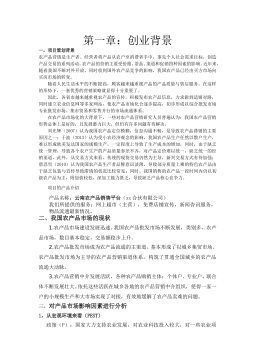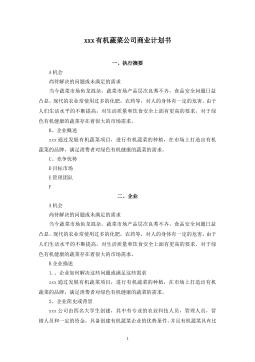我国垃圾发电产业竞争力分析及发展模式建议
我国垃圾发电产业竞争力分析及发展模式建议摘要作为全球公认的节能环保型高新产业,垃圾发电产业具有良好的经济、环境和社会效益。美国、欧盟、日本、新加坡等发达国家的垃圾发电产业发展已经比较成熟。近年来,随着国家对环保产业的鼓励和扶持,垃圾发电产业在中国得到了快速的发展,形成了一定的产业规模,某些地区也形成了良好的发展模式,例如比较成功的“温州模式”、“光大模式”,但是绝大部分地区的垃圾发电产业发展存在诸多瓶颈,一方面是大量的城市生活垃圾堆积,致使我国约2/3的城市处于垃圾围城的状态;另一方面是垃圾发电产业的产能严重不足,具体表现为焚烧技术总体上较为落后、产业资金严重匮乏、政策扶持不到位、科技人才缺失...
相关推荐
-
公务员思想政治教育研究VIP免费
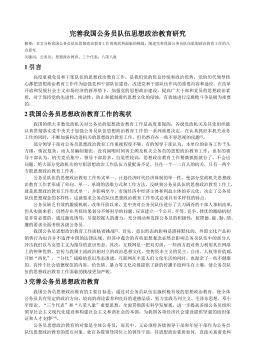
 2024-10-15 30
2024-10-15 30 -
在线社会网络中用户行为的实证分析与机制建模研究VIP免费
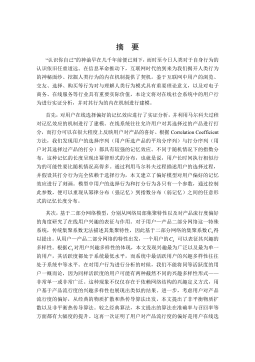
 2025-01-09 6
2025-01-09 6 -
智能优化方法对神经网络的改进及应用研究VIP免费
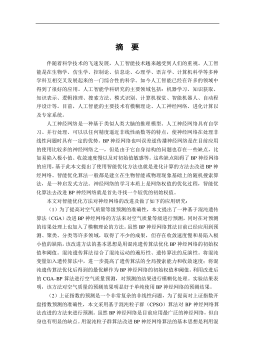
 2025-01-09 6
2025-01-09 6 -
鲜切哈密瓜保鲜技术研究VIP免费
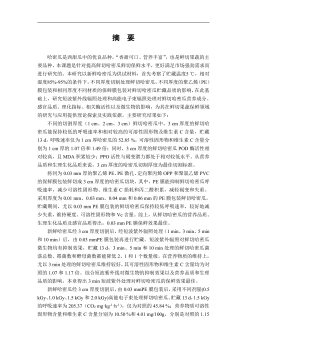
 2025-01-09 8
2025-01-09 8 -
小城镇道路网级配方法及应用研究VIP免费
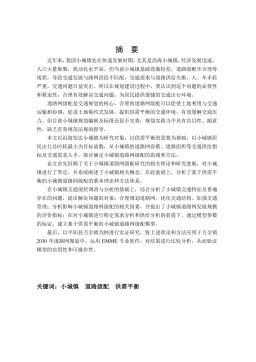
 2025-01-09 6
2025-01-09 6 -
医学信息集成测试系统的研究与实现VIP免费
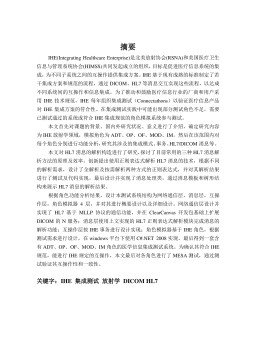
 2025-01-09 7
2025-01-09 7 -
余热驱动氨水吸收式制冷系统的理论及实验研究VIP免费
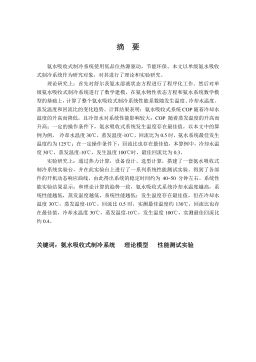
 2025-01-09 7
2025-01-09 7 -
喷雾降温技术适用性及热环境研究VIP免费
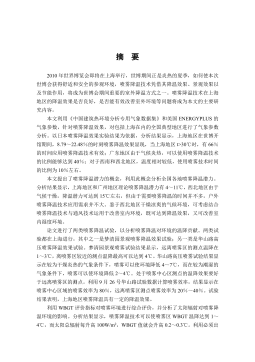
 2025-01-09 9
2025-01-09 9 -
收缩—扩张喷嘴的气泡雾化数值模拟VIP免费
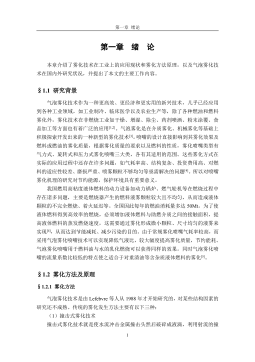
 2025-01-09 8
2025-01-09 8 -
支持供应链的工作流系统结构及其计划与调度的研究与应用VIP免费
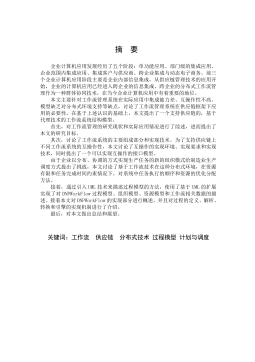
 2025-01-09 11
2025-01-09 11
相关内容
-

医学信息集成测试系统的研究与实现
分类:高等教育资料
时间:2025-01-09
标签:无
格式:PDF
价格:15 积分
-

余热驱动氨水吸收式制冷系统的理论及实验研究
分类:高等教育资料
时间:2025-01-09
标签:无
格式:PDF
价格:15 积分
-

喷雾降温技术适用性及热环境研究
分类:高等教育资料
时间:2025-01-09
标签:无
格式:PDF
价格:15 积分
-

收缩—扩张喷嘴的气泡雾化数值模拟
分类:高等教育资料
时间:2025-01-09
标签:无
格式:PDF
价格:15 积分
-

支持供应链的工作流系统结构及其计划与调度的研究与应用
分类:高等教育资料
时间:2025-01-09
标签:无
格式:PDF
价格:15 积分


